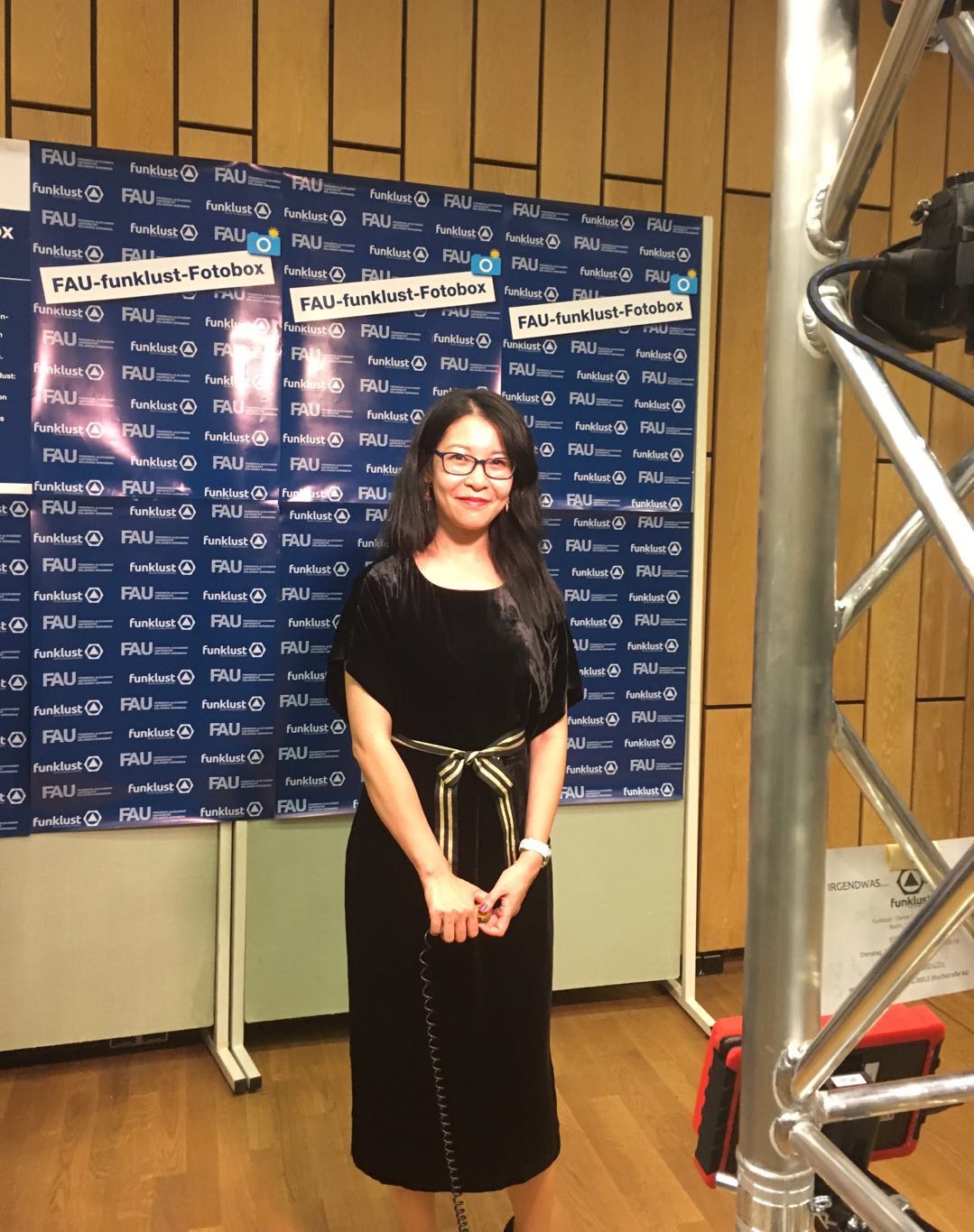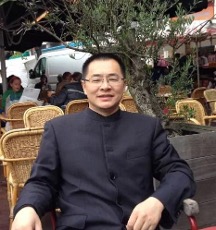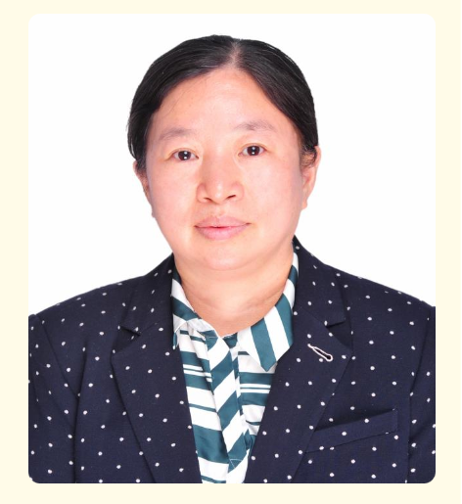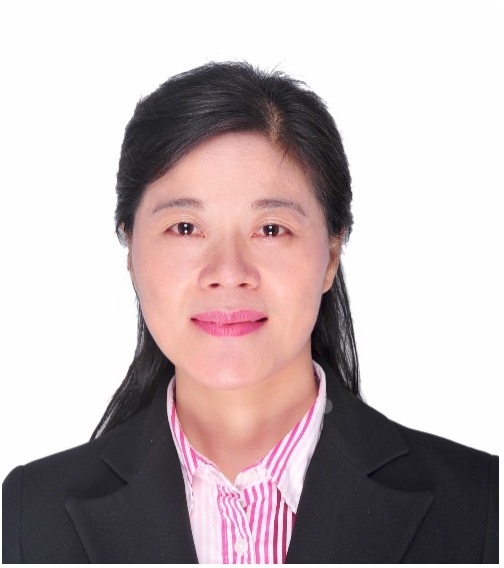| Navigation |
| Overview |
| Center for Cognitive Science Home |
ICMC2025: 2025 International Conference on Multimodal Communication:
Data Science for Multimodal Communication
Saturday & Sunday, 13-14 December 2025, Changsha
Saturday & Sunday, 13-14 December 2025, Changsha
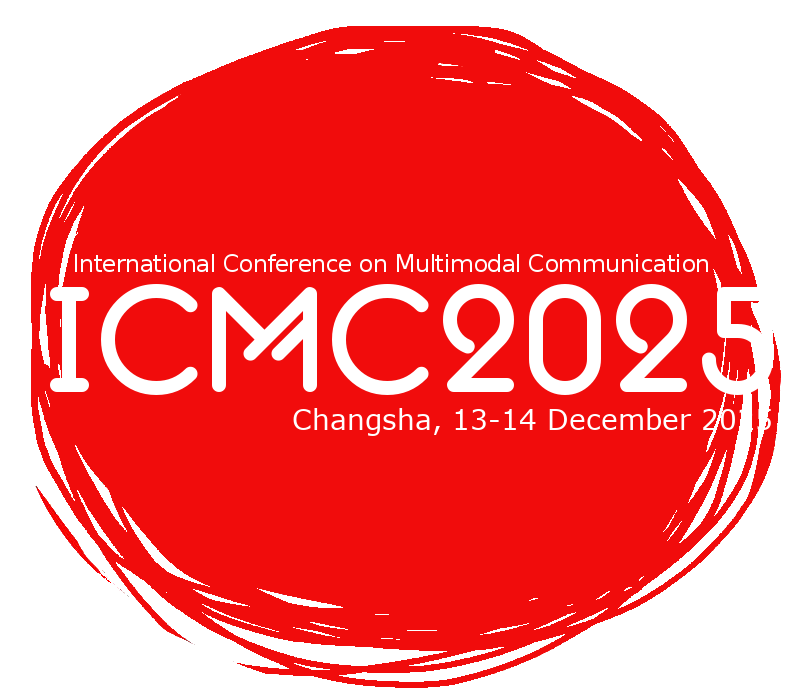
- Bilibili Livestream: ID: 23288623 http://live.bilibili.com/23288623
- Zoom Meeting ID:
942 7593 8736; Password: 198826
- For questions related to the conference, please write to davidyyx@qq.com.
- Bilibili Livestream: ID: 23288623 http://live.bilibili.com/23288623
- Zoom Meeting ID: 942 7593 8736; Password: 198826
- For questions related to the conference, please write to davidyyx@qq.com.
Each presentation slot is 45 minutes, within which there is a period at the end of about 10 minutes for both Q & A and a break.


Local Venue: Lecture Hall Room 613, Foreign Studies College, Hunan Normal University
Directors Prof. ZENG Yanyu, Dean of the
College of Foreign Studies.
Mark Turner, Director of the
Center for Cognitive Science.
Committee members: Prof. JIANG Lihua, Prof. DENG Yunhua, Prof. WAN Guangrong, Dr. YANG Yuxiao, Dr. TAN Xiaojuan, Dr. ZHANG Ying.
The 2025 Hunan Normal University International Conference on Languages and Cultures has as its theme
Data Science for Multimodal Communication
Multimodal Communication—the dynamic interplay of speech, gesture, gaze, and body movement—is fundamental to human cognition, interaction, and learning. As the digital landscape generates an unprecedented volume of audiovisual data, the traditional methods of analyzing human communication are reaching their limits. ICMC2025 addresses this methodological inflection point by focusing on the convergence of cognitive science and data science.
ICMC2025 is dedicated to exploring methodologies for studying complex communication datasets. This shift from qualitative observation to quantitative, big-data analysis requires robust, open-source computational pipelines that are both theoretically grounded and practically accessible. We seek contributions that demonstrate how modern data science techniques are transforming the collection, annotation, processing, and interpretation of multimodal phenomena.
This year, the conference will highlight research focused on novel applications of data science tools in Multimodal Communication, including:
- AI-Powered Processing Pipelines: Developing and utilizing AI-based pipelines for the automated extraction and alignment of time-series data, bridging the gap between raw video content and cognitive theory.
- Quantitative Feature Extraction: Techniques for extracting precise acoustic and kinetic features, such as generating word-level alignment tiers for speech metrics (pitch, intensity) and employing pose estimation algorithms (e.g., OpenPose) to derive fine-grained kinematic features of gestures.
- Visualization and Exploratory Analysis: Methods for the spatial visualization of communication (e.g., heatmaps of gesture) and advanced exploratory data analysis that lead to new hypotheses about cognitive processes.
- Computational Reproducibility: The implementation of open-source tools and resources that ensure reliability and facilitate large-scale collaborative efforts across international consortia like the Red Hen Lab and the Multi-Data project.
There is also a Sunday Workshop:
Hands-On Introduction to Data Science for Multimodal Communication
Hands-On Introduction to Data Science for Multimodal Communication

This workshop introduces MULTIDATA, an online platform for the study of multimodal communication, and demonstrates how it can be used to analyze speech and gesture data from video. Through a focused case study, participants will be guided through each stage of the research process: formulating a research question, extracting multimodal data from a corpus, processing the data using the MULTIDATA pipeline, as well as analyzing and visualizing the results.
Location: Room 611, Zhonghe Building, which is next to the College of Foreign Studies.
Workshop ZOOM ID: 992 9292 8048; Password: 134804
Conference: Saturday, 13 December 2025
Introduction
- 8:30-9:00 China Standard Time.
Moderator: JIANG Lihua
- Group Photo at Tenglong Building
-
Introduction by Professor JIANG Hongxin, Chair of the University Council
-
Introduction to the Theme of ICMC2025 by
Mark Turner
Plenary Speakers
Armine Garibyan is a postdoctoral Researcher in Big Data Linguistics, Department of English and American Studies, and a Liaison Scientist at NHR@FAU, Friedrich-Alexander-Universität, Erlangen-Nürnberg
Title: Exploring multimodal communication: from eyebrow movement detection to gesture space
Mark Turner is Institute Professor and Professor of Cognitive Science, Case Western Reserve University; Co-director, the International Distributed Little Red Hen Lab
Title: Machine Recognition of Gesture
Hiu Ching Hung is a doctoral student at the Department of Foreign Language Teaching, Friedrich-Alexander-Universität, Erlangen-Nürnberg
Title: Field-tested Lessons on Multimodal Data Collection for AI in Kindergarten
ZHANG Hui is full professor at the School of Foreign Languages and Cultures, Nanjing Normal University
Title: Mandarin Chinese ditransitive construction comprehension involves simulating transferring directions: evidence from saccadic tasks
DENG Yunhua is full professor at the Foreign Studies College of Hunan Normal University & head of the linguistics team in the English department
Title: Quantitative analysis methods: synchronic and diachronic perspectives of cross-linguistic contrast
YU Hailing is full professor at the School of Foreign Languages, Hunan University
Title: Their floods and Our floods: News values of flood photo galleries of Associated Press and Xinhua News Agency
Wan Guangrong is full professor at the Foreign Studies College of Hunan Normal University
Title: Different Effects of Multimodal Representations on the Acquisition of Foreign Language Abstract Vocabulary: Evidence from Behavioral and EEG Data
Peter Uhrig is Professor of Digital Linguistics at Friedrich-Alexander-Universität Erlangen-Nürnberg.
Title: Combining AI tools and Expert Knowledge in Multimodal Processing Pipelines
Cristóbal Pagán Cánovas is Professor, University of Murcia, and co-director of the Daedalus Lab at The Murcia Center for Cognition, Communication, and Creativity.
Title: Multimodal data science with the MULTIDATA EU platform for AI-powered video analysis
Concluding Remarks
Mark Turner. Case Western Reserve University.


